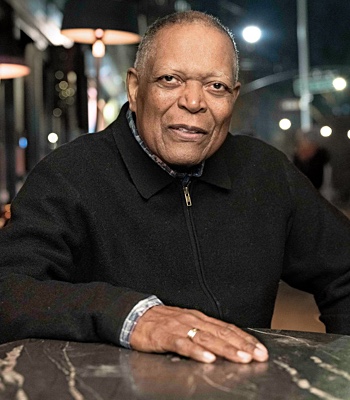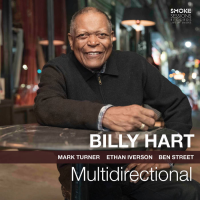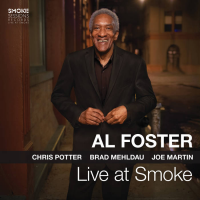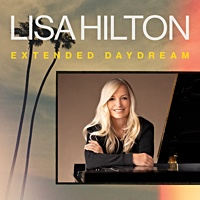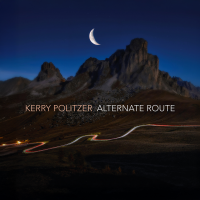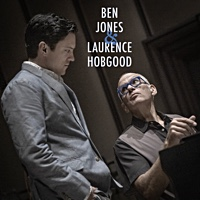Home »
Member Page
Bill Siegel
Bill Siegel, of New Hampshire, maintains jimpepperlives.wordpress.com. His work also appears on .inmotionmagazine.com, in Planet Jazz, and elsewhere.
 About Me
About Me
I've never been able to read music -- it's easier for me to decipher faded Egyptian hieroglyphics (ok, maybe not. But at least I can make up a story to go along with the hieroglyphs!). And I've never been able to play a string of more than....oh, let's say one...recognizable note on any musical instrument known to humankind (which at least leaves me some off-planet possibilities). Having said all that, as a non-musician, I feel it is only through my writing that I can return even a small bit to all the jazz artists who have enriched my life with their music. I am currently working on a series of articles and interviews related to Native American saxophonist/composer, Jim Pepper (1941-1992), who took the songs and chants he learned from his Indian family and melded them with the jazz form to create an entirely new jazz thing. I am particularly interested in how his influence continues to be felt by a whole new crew of musicians defining the next generation of jazz.
My Jazz Story
I was first exposed to jazz as a musically wet-behind-the-ears college freshman in the late-1960s. I was moving into my freshman-year college dorm.
What I knew about jazz could probably have fit on the back of the 1969 W.C. Handy U.S. postage stamp (the first to feature a jazz musician).
In contrast, there was my new roommate's LP collection. Probably more than a couple hundred LPs, dwarfing my little pile of Johnny Cash, Little
Richard, and Rolling Stones record. Most of my roomie's LPs were from musicians I'd never heard of— and, in fact, whole kinds of music I'd never
heard or heard of before.
The records that stood out the most were those black-and-orange double covers from "Impulse!"—you knew just looking at the packaging that
whatever was on the record had to be heavy duty. And clearly, from the frequency that my roommate played them, those "Impulse!" albums were
particularly precious to him. John Coltrane. Charles Mingus. Archie Shepp. Oliver Nelson. Who were these guys? What was this strange, new music?
He invited me to spend some time just riffling through the albums to get to know what they were all about. It felt like a necessary rite of passage of
some kind. So, alone in the room, I sat myself down on the floor in front of his shelf-full of albums, and spent the afternoon pulling one after another
of these mysterious, serious, ponderous, wondrous Halloween-colored packets off the shelf and playing them—a few minutes of Coltrane (passion!), a
few of Archie Shepp (energy!); now some Oliver Nelson (bigness!). And others, from Blue Note, Verve, Prestige, even some more familiar-looking
specimens from Columbia and Atlantic. Eric Dolphy, Charlie Parker, Miles Davis, Dizzy Gillespie. I was falling into an Alice-in-Wonderland rabbithole
of jazz, with no bottom to it and few safe places to rest—an unending whirlwind of wailing and whispering trumpets; crying, honking saxophones;
dancing, pounding pianos; walloping, galloping drums; rumbling, thundering basses; screaming voices; dangerously chaotic (or so it seemed to me)
orchestras...
I loved it. There was no turning back. I was lost, and never wanted to be found. Wandered off the trail and into the forest, embarking on an adventure
that hasn't grown tired in the more than three decades since—nor do I expect it to lose an iota of its excitement for decades to come.
[For the full story of my journey to jazz, see my AllAboutJazz article, "Thinking Mingus. And feel free to respond to any of my other articles and
reviews by email at
[email protected] . And thanks for dropping by!]
— Bill Siegel
 About Me
About Me
